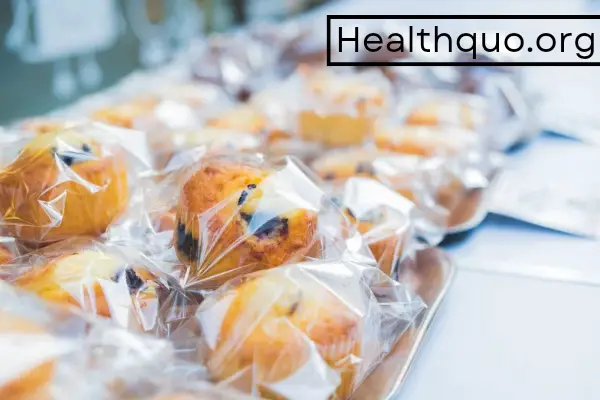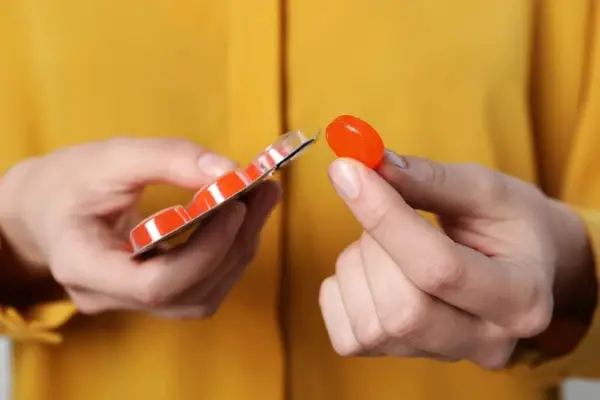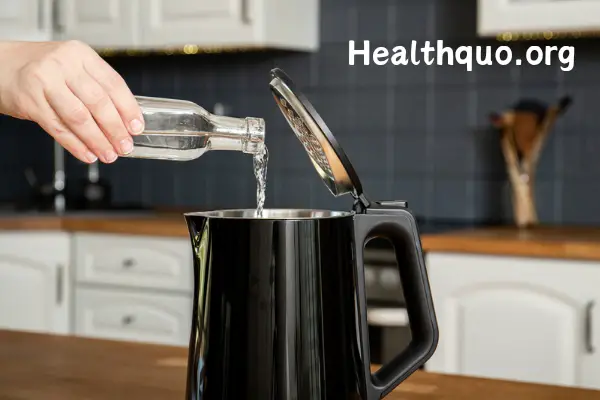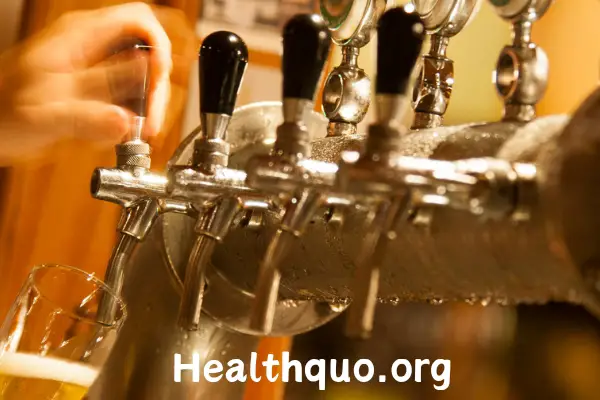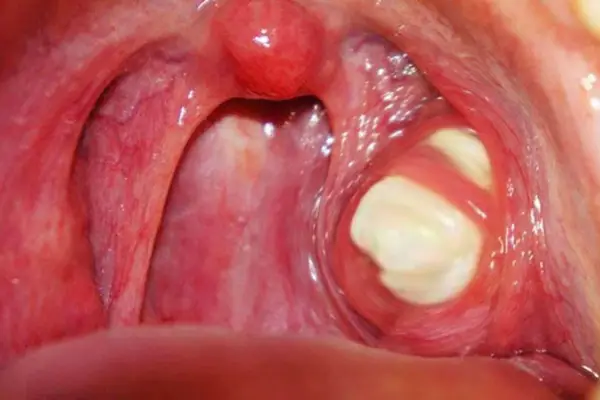Most times, and especially when ingested in small amounts, plastic wraps can pass through the gastrointestinal tract without causing any immediate issues. However, the health risks associated with plastic wrap ingestion become more prominent if the ingested piece is relatively large.
Plastic wrap poses a significant choking hazard, especially to infants and toddlers, due to its thin, flexible nature that can easily conform to the shape of the throat, blocking airways and preventing breathing.
When a piece of plastic wrap is accidentally placed in the mouth, it can slip into the trachea, leading to obstruction. Its transparent and clingy properties make it particularly dangerous, as it can stick to the mucous membranes and be difficult to remove once lodged
There is also potential for it to cause gastrointestinal obstruction, especially in children. This risk is higher if a large piece is swallowed, which could lead to symptoms like feeling of obstruction, abdominal pain, gagging, and vomiting.
Plastic food wraps made from PVC (polyvinyl chloride), have also been known to contain plasticizers like phthalates (used to soften plastics) which possess various negative effects on humans. However, the use of phthalates for food packaging is highly regulated and some reports state that its use is outdated and has been replaced since 2006 by bis(2-ethylhexyl) adipate (aka DEHA) or polyethylene terephthalate (PET).
Plasticizers like phthalates can leach into food, especially if the plastic wrap comes into contact with fatty or hot foods. Chronic exposure to phthalates has been linked to health issues, including hormonal disruptions, asthma, shorter distance between the anus and genital, weakened immunity, decreased level of sex hormones, obesity, and insulin resistance.
Additionally, some plastic food containers or beverage bottles may contain bisphenol A (BPA), which is used to make plastics hard and clear. Although most modern plastic wraps from brands like Tupperware and Rubbermaid are designed to be food-safe and are generally BPA-free. Besides, brands like Saran
Types Of Plastic Wraps
Plastic wrap, also known as cling film, is a thin plastic film commonly used for sealing food items in containers to keep them fresh over a longer period. It has become an essential part of food storage in kitchens worldwide. The composition and types of plastic wraps vary depending on their intended use, durability, flexibility, and the level of cling they provide. Here are the primary types of plastic wrap and their composition:
1. Polyethylene (PE)
Low-Density Polyethylene (LDPE): This type is most commonly used for household plastic wrap and is mainly produced by a popular brand, named Saran. LDPE is flexible, has a slight stretch, and is good for sealing food. It is safer for food contact due to its low toxicity levels.
Linear Low-Density Polyethylene (LLDPE): Similar to LDPE but offers better strength, puncture resistance, and clarity. It’s used where a stronger film is needed.
2. Polyvinyl Chloride (PVC)
PVC wraps are known for their excellent cling and stretch capabilities, making them popular in commercial kitchens and for industrial packaging. However, concerns over health risks associated with the plasticizers used in PVC have led to decreased usage in direct food contact applications in some regions.
3. Polyvinylidene Chloride (PVDC)
PVDC, known by the brand name Saran, offers superior moisture and air barrier properties compared to other plastics. But since 2004, Saran has shifted to production of polyethylene wraps. It’s excellent for preserving flavor and freshness but has been less commonly used due to environmental concerns related to its production and disposal.
4. Biodegradable Plastics
Recent advancements have led to the development of biodegradable and compostable plastic wraps made from bio-based polymers like polylactic acid (PLA). These are designed to reduce environmental impact but may not offer the same level of performance as conventional plastics in terms of air and moisture barriers.
What Are Plastic Wraps Made Of?
The basic composition of plastic wrap involves various types of polymers and additives tailored to enhance specific properties:
Polymers: The main structural component that determines flexibility, durability, and barrier properties.
Plasticizers: Like phthalate and glycerol, added to PVC and some other plastics to improve flexibility and cling but can raise health concerns if they leach into food.
Antiblock Agents: Used to prevent the plastic sheets from sticking together.
Slip Agents: Improve the handling properties by reducing friction.
UV Stabilizers: Added to some plastic wraps to prevent degradation from exposure to sunlight
How Long Does Plastic Wraps Last In The Body?
When plastic wrap is swallowed, its stay in the human body largely depends on its size and the digestive system’s ability to move it through. Typically, small pieces of plastic wrap can pass through the digestive tract and be expelled in the stool within 1 to 3 days, given that they don’t form an obstruction.
However, swallowing larger pieces of plastic wraps, which is not typical of accidental ingestion, might cause blockages and stay longer in the GI tract requiring medical intervention to remove. But generally, the body cannot digest plastic, so the wrap moves through the gastrointestinal system unchanged.
What To Do If You Accidentally Eat Plastic Wrapper
If you accidentally eat plastic wrap and do not experience any immediate symptoms like choking, abdominal discomfort, or feeling of obstruction, you will likely be okay.
Although, it’s still crucial to keep an eye out for any symptoms of gastrointestinal discomfort or respiratory distress, such as abdominal pain, choking, coughing, dyspnea (difficulty in breathing), nausea, vomiting, difficulty swallowing, or changes in bowel movements (e.g., inability to pass stool).
Drink plenty of water if you can still swallow and continue with your regular diet to help facilitate the natural passage of the ingested plastic through your digestive system.
If you start to experience any symptoms or if your condition worsens, it’s important to seek medical attention immediately. Symptoms could indicate gastrointestinal issues requiring professional evaluation and possibly treatment. In the case of choking, you may need to improvise with abdominal thrusts (Heimlich Maneuver) or back blows.
Is Microplastic A Major Concern?
While swallowing plastic wrap is not a desirable situation and may lead to respiratory or digestive issues, it is not a major source of microplastic exposure or associated health concerns.
Microplastics are extremely small, typically less than 5 millimeters in size, while plastic wrap is a larger, intact piece of plastic. The two are significantly different in terms of size.
The human digestive system is not known to break down plastic wrap into microplastic-sized particles. Plastic wrap would typically pass through the digestive system as a whole or in smaller pieces without becoming microplastics.
Swallowing a single piece of plastic wrap represents a short-term and isolated exposure event. In contrast, concerns about microplastics primarily relate to long-term, chronic exposure to these tiny particles in the environment, particularly through food and water consumption over time.
If you have swallowed plastic wrap and are experiencing any symptoms, it is advisable to seek medical advice to ensure your well-being.
Prevention and Safety Measures
Accidental swallowing of plastic wraps can be concerning, and it’s important to take preventive measures to reduce the risk and know what to do in case it happens.
Store Plastic Wrap Safely: Keep plastic wraps, plastic bags, and other similar materials out of reach, especially if you have young children in the household. Store them in high cabinets or drawers with childproof locks.
Childproofing: Install childproof locks or latches on cabinets and drawers where plastic wraps and other potentially dangerous items are stored.
Educate Family Members: Teach family members, especially children, about the potential dangers of swallowing plastic wrap and emphasize that it should never be put in the mouth or played with as a toy.
Use Alternatives: Consider using alternative food storage methods such as reusable food containers, silicone food covers, or beeswax wraps, which are less likely to pose a choking hazard if accidentally accessed.
Cut Food into Safe Sizes: When preparing food, especially for young children, cut it into appropriately sized pieces to minimize the risk of choking.
Supervise Mealtime: Pay close attention during mealtime, particularly when young children are eating. Ensure they are seated and not running or playing with food in their mouths.
Sources:
https://europlas.com.vn/en-US/blog-1/list-of-fda-approved-plastics-for-food-contact-1

